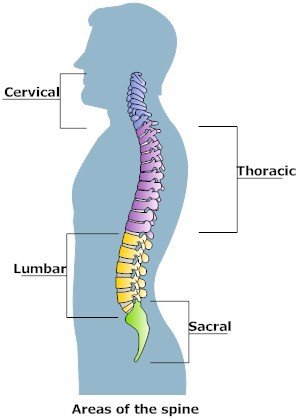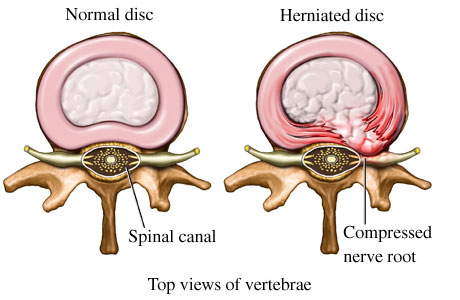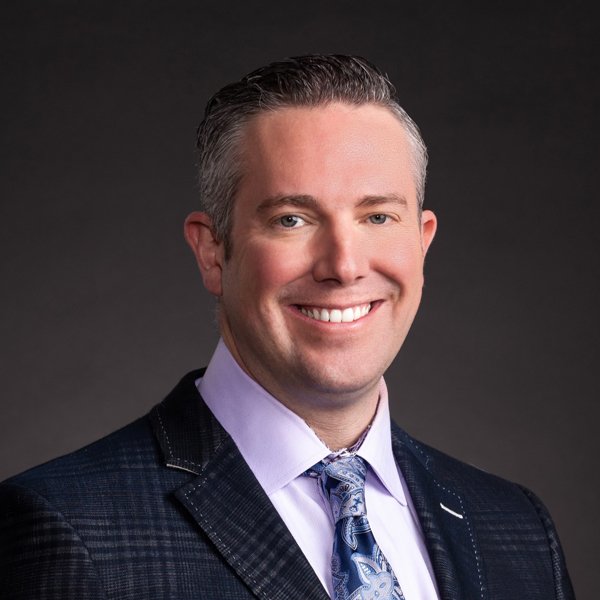Orthopaedic Spine and Neck Surgery

Common Spine Surgery Procedures
Disc Herniation

Making an Appointment
- Dr.. Michael Gallizzi: Robotic and Endoscopic Spine Surgeon
- Driver’s License or a valid ID
- List of Medications
- Insurance Information
- Any other relevant medical information
When preparing for your spine procedure it is important to think through what will be needed post surgery. For example what changes will need to be made at home to help you get around? How much time should you plan to take off work? Will changes in your diet be required? Be sure to have a list of any questions that you may have to ask your surgeon prior to surgery.
It is also helpful to meet with your physical therapist before your spinal surgery as doing some of the postoperative exercises before can help with recovery. It you are overweight, it is recommended that you try to lose a few pounds prior to surgery as that will also help with recovery.
For more on how to prepare for your spine or neck surgery, please visit our Preparing for Surgery page.
You should expect to see your back surgeon after 2 weeks, 6 weeks and 10 weeks after spinal surgery. After 6 weeks, a post surgery physical therapy plan designed specifically for you and your injury will be recommended for that day forward.
Although a walking plan will be prescribed immediately following surgery, during the first six weeks following surgery you should not lift anything heavier than a carton of milk.
More on Rehabilitation & Training




